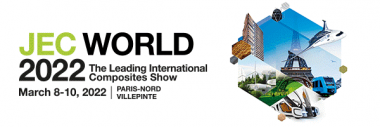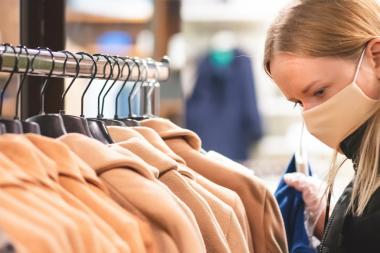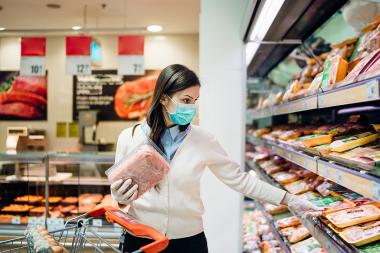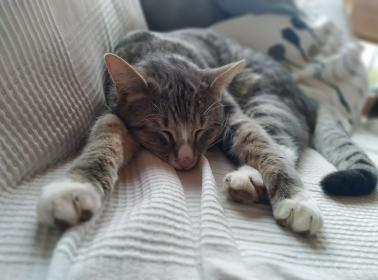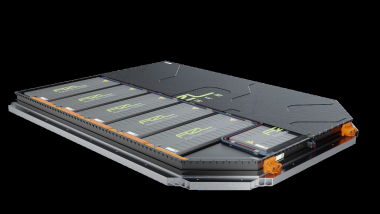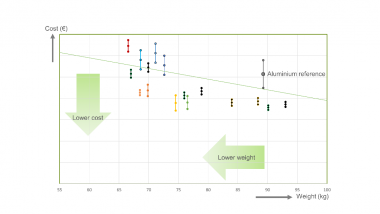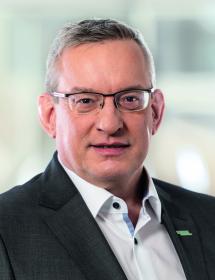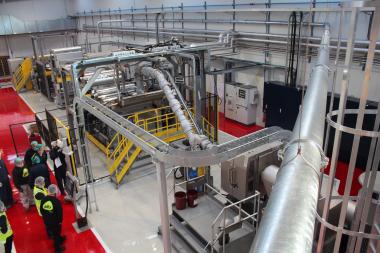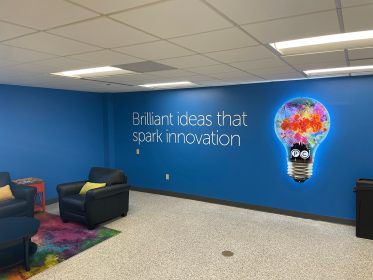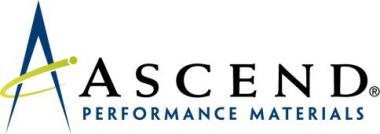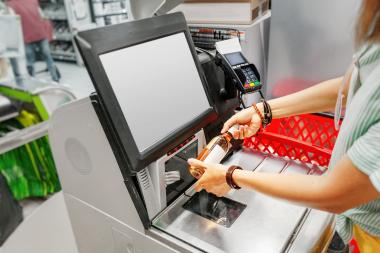Save Our Souls Clothing Scales Upward
- Launching “Buy That Merch” Platform with Kornit Digital
Kornit Digital Ltd. (NASDAQ: KRNT), a worldwide market leader in sustainable, on-demand, digital textile production technologies, announced that United Kingdom-based Save Our Souls Clothing has implemented the Kornit Storm HD6 Lite system for just-in-time production of its “alternative” custom apparel. Replacing a fleet of smaller, low-capacity digital direct-to-garment (DTG) machines, the Kornit system has enabled the company to scale its business upward with minimal time and labour needs.
Save Our Souls offers print services to a community of artists “driven by a love of tattoos, music, art, and life,” with a growing catalogue of designs applied to a variety of apparel at the time it is ordered, ensuring minimal inventory waste and carbon footprint. The success of their Kornit implementation, which enabled the brand to produce higher quantities with a single operator while eliminating pretreatments and heat presses from their routine, has empowered them to launch the “Buy That Merch” platform for artists, broadcasters, and musicians to produce and sell their own merchandise directly, without the fees associated with existing online marketplaces.
“With the Kornit, you can print pretty much anything, so when we work with artists, they can just do what they love, and we can print it,” said Marc Carter, Finance Director at Save Our Souls. “It changed everything. We could market more, bring more business on, and we didn’t need as much staff as we needed prior to that, so it’s actually more cost-effective. Our monthly cost has actually dropped, and maintenance is next to nothing.”
Kornit












